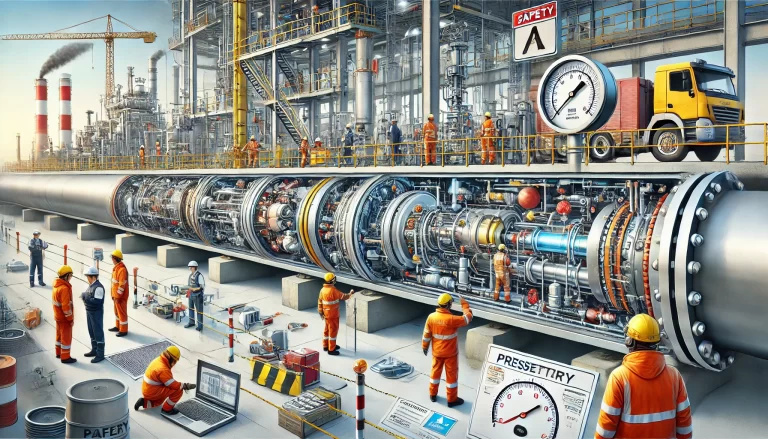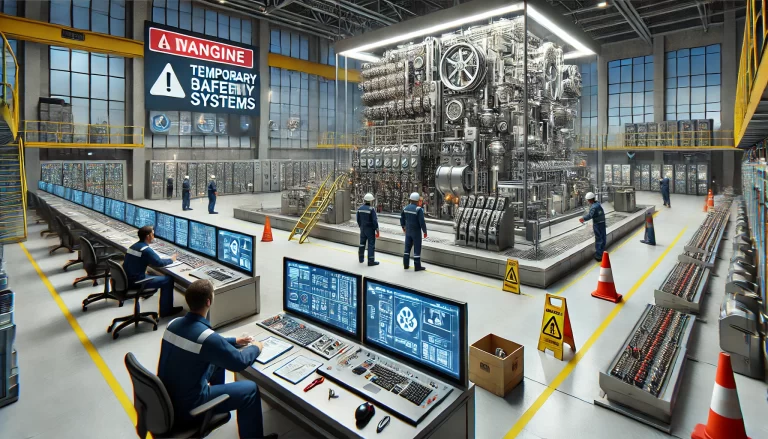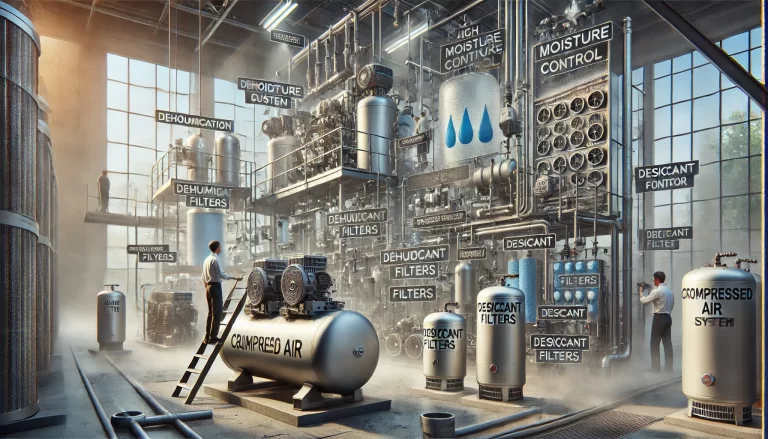In chemical process industries, instrumentation failures can lead to production downtime, safety incidents, and increased maintenance costs. This article outlines best practices for preventing such failures through proper selection, installation, maintenance, calibration, environmental protection, and digital monitoring.

1. Instrument Selection and Installation Guidelines
1.1 Match the Process Conditions
Select materials compatible with media characteristics such as temperature, pressure, and corrosion level.
Example: Use 316L stainless steel or PTFE-lined instruments for corrosive chemicals.For hazardous areas, choose explosion-proof certified instruments (e.g., ATEX, IECEx compliant).
1.2 Key Installation Considerations
Avoid electromagnetic interference:
Route signal cables separately from power lines and keep instruments away from motors, VFDs, and transformers.Ensure proper straight-run lengths for flow and pressure devices:
For example, orifice plates require 10D upstream and 5D downstream straight pipe length (where D = pipe diameter).

2. Routine Maintenance and Inspection
2.1 Regular Cleaning
Wipe dust off instrument enclosures and clean probe surfaces (e.g., ultrasonic level transmitter diaphragms).
Clean ventilation holes or cooling fins using compressed air at least twice a year, especially in dusty environments.
2.2 Visual and Operational Checks
Daily patrol: Check display readings, status LEDs, and listen for abnormal sounds from actuators.
Weekly logs: Compare with historical data; if deviation exceeds threshold (e.g., temperature drift > ±2%), schedule calibration.
3. Calibration and Verification
3.1 Scheduled Calibration
Pressure gauges and transmitters: Calibrate every 6 to 12 months using standard calibration tools (e.g., pressure calibrators).
Analytical instruments (pH meters, flow meters): Adjust frequency based on media aggressiveness (e.g., every 3 months for corrosive fluids).
3.2 Documentation and Traceability
Maintain calibration records including date, error margin, and adjustment parameters to ensure traceability and compliance.

4. Environmental Protection Measures
4.1 Temperature and Humidity Control
For control rooms: Use air conditioning systems to maintain 20 ±5°C and 45–75% RH.
For field devices: Use heated enclosures or heat tracing to prevent condensation or freezing in cold environments.
4.2 Corrosion and Vibration Mitigation
In corrosive zones, apply anti-corrosion coatings and routinely inspect sealing rings or gaskets for degradation.
In high-vibration areas, install shock-absorbing bases and securely tighten wiring terminals to prevent contact failure.
5. Spare Parts Management and Staff Training
5.1 Spare Components and Stock
Keep spare parts for critical components such as sensors, power modules, and actuators (recommended: 1–2 units per high-use item).
Perform semi-annual functional checks on spare parts to ensure readiness.
5.2 Training and Emergency Drills
Conduct instrument technician training on failure diagnostics and calibration techniques.
Organize emergency simulations—for example, how to replace or troubleshoot explosion-proof instruments safely.

6. Smart Monitoring and Predictive Maintenance
6.1 Real-Time Monitoring Systems
Integrate instruments with DCS/PLC systems to collect real-time data and set threshold alarms (e.g., pressure high/low with buzzer and light).
6.2 Trend Analysis and Failure Prediction
Use historical data and analytics to identify early signs of failure.
Example: Use vibration spectrum analysis to detect wear in rotating equipment before failure occurs.
Conclusion: Prevention First
A proactive, standardized approach to instrumentation management—guided by the principle of “Prevention First, Response Second”—helps reduce unplanned failures, ensures safer operations, and optimizes maintenance budgets.
By combining robust equipment selection, disciplined maintenance, environmental controls, and modern digital monitoring, chemical plants can significantly enhance the reliability of their instrumentation systems.
